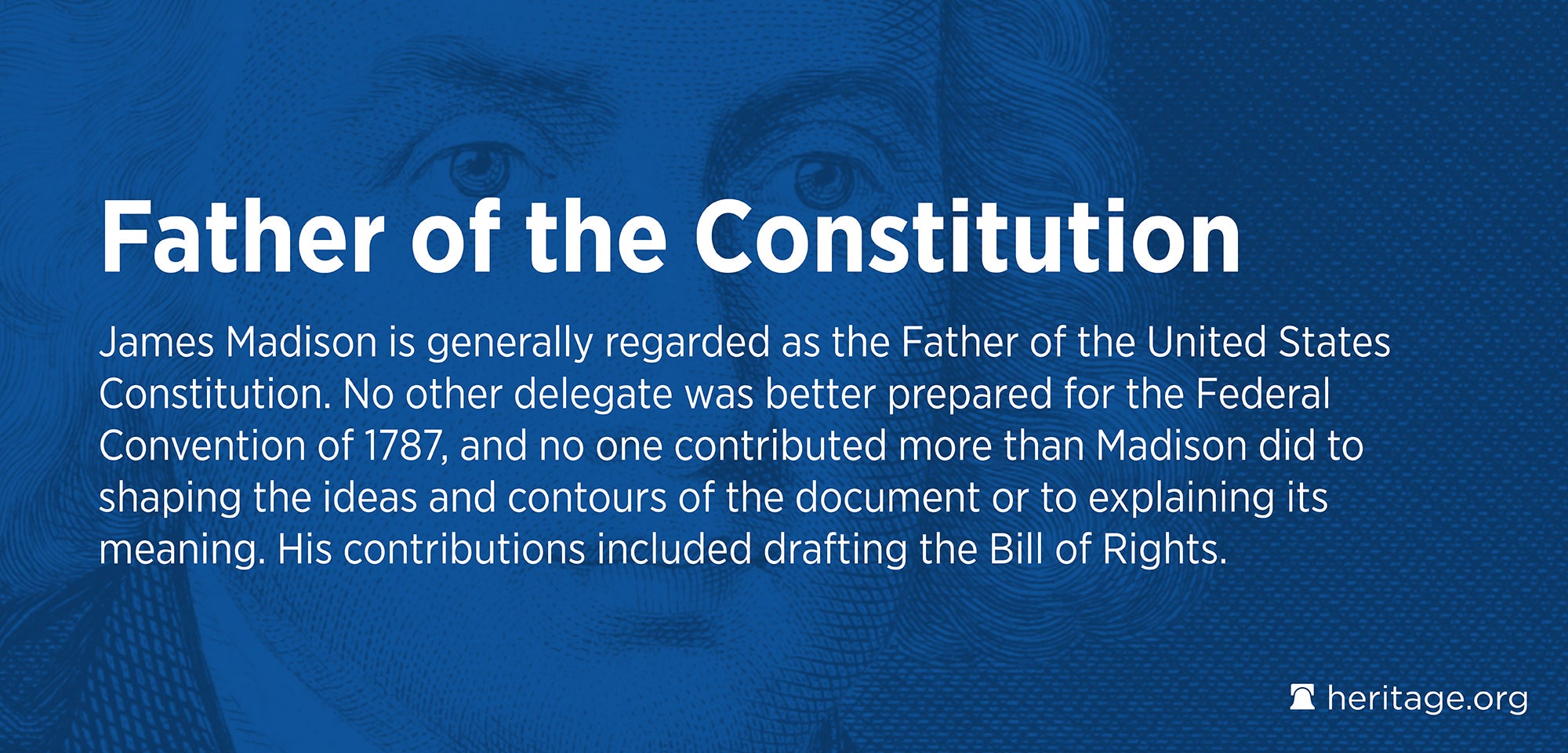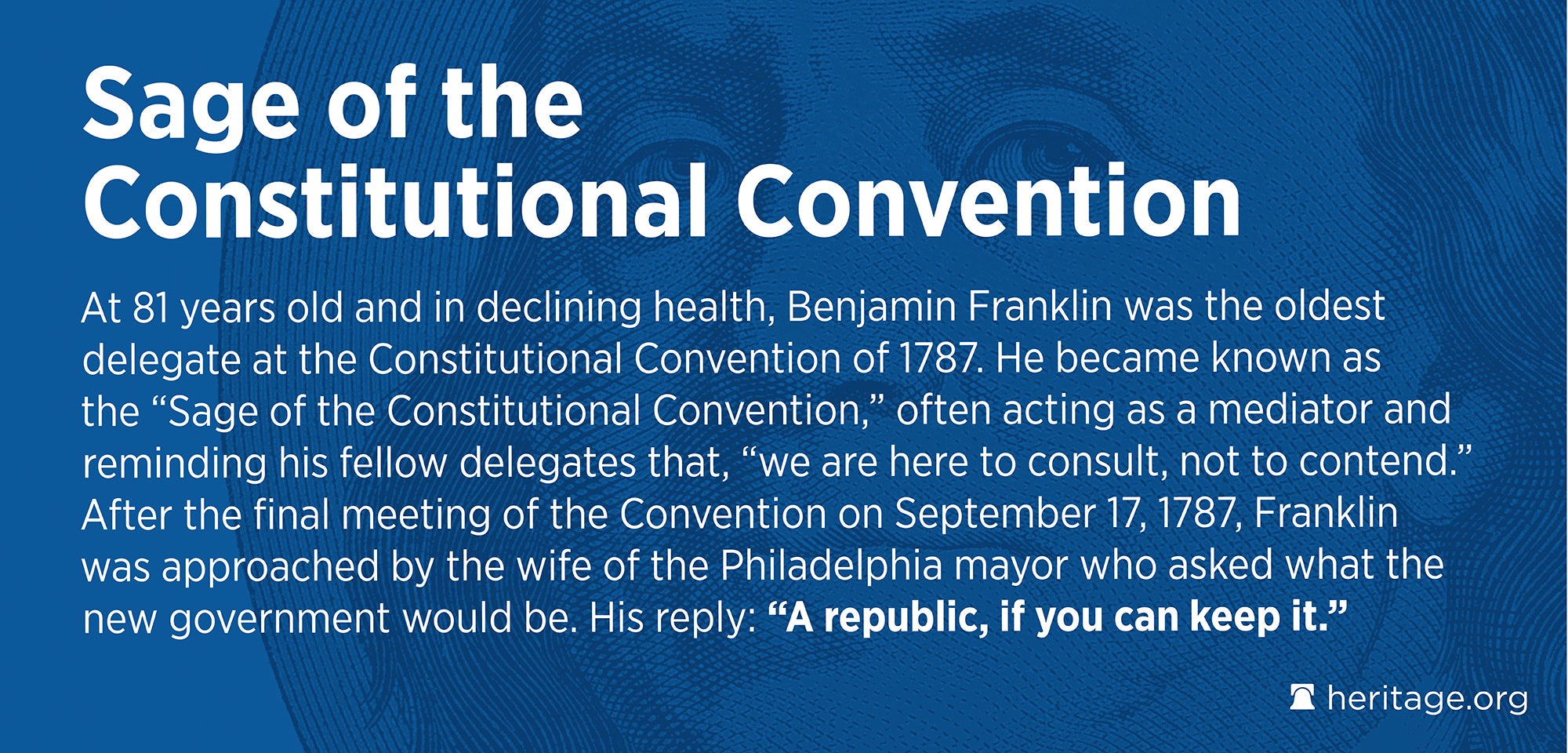No other group of assembled political leaders in history was as attentive to the lessons of the past as were the men who framed our Constitution. In designing a charter for the form of government they had in mind, the Framers looked to both classical and Biblical sources, as well as to English common law and the European Enlightenment.
The Framers knew a lot about the ancient Greeks, who were the first to devise a political system in which the people (the demos) held power (kratos); they called it demokratia, or democracy. The Greek experiment in democracy, however, served mostly as a tragedy to be avoided, not as a model to be imitated. Athens, for example, was the most brilliant and democratic of the Greek city-states but led ancient Greece into its cultural and political decline, dissolving into tribalism and civil war. The Framers therefore rejected the idea of direct, Athenian-style democracy. “Had every Athenian citizen been a Socrates,” James Madison wrote in The Federalist Papers, “every Athenian assembly would still have been a mob.”3

The Framers also had a deep knowledge of the history of the Roman Republic and the writings of Cicero, its great defender. The Roman Republic, which lasted an astonishing 500 years, had a “mixed constitution” in which the chief magistrates shared power with the senate and legislative assemblies. Eventually, however, the rule of law gave way to the will of the emperor, and the republic collapsed into tyranny. As Cicero famously complained: “Our generation, however, after inheriting our political organization like a magnificent picture now fading with age, not only neglected to restore its original colors but did not even bother to ensure that it retained its basic form…”4
With such lessons in mind, the Framers were determined to fashion a Constitution that could weather the storms of faction, jealousy, and the lust for power that had ruined previous attempts at good government. In 1787, the year the Constitution was drafted, John Adams published the first of three volumes defending the state constitutions that already existed.5 He also examined the constitutions of republics such as Venice, where, he wrote, “[g]reat care is taken…to balance one court against another and render their powers mutual checks to each other.” That system broke down when the nobility seized and consolidated power.
As Englishmen, the American colonists already enjoyed a constitutional government that made them the freest people in the world. The concept of a balanced constitution was something that distinguished Great Britain from the rest of Europe, and colonial constitutions bore its imprint. It was the British government’s attempt to subvert these models of self-government that stirred revolutionary passions.

In seeking “a republican remedy for the diseases most incident to republican government,”6 the Framers turned to thinkers such as the French philosopher Montesquieu (1689–1755), author of The Spirit of Laws, one of the great works in the history of political theory. Montesquieu developed a robust theory of the separation of powers: to preserve individual freedom, the political authority must be strictly divided into three separate but equal branches with legislative, executive, and judicial powers. “When the legislative and executive powers are united in the same person, or in the same body of magistrates,” he wrote, “there can be no liberty.” And as Madison summarized in The Federalist Papers, “Ambition must be made to counteract ambition.”7 The Framers elevated the concept of the separation of powers into “a first principle of free government.”8 They intended the separation of powers to function as the conceptual core of a Constitution that would preserve both order and freedom.
Despite their differences, the architects of the Constitution embraced a common intellectual tradition: wisdom from the classical world of the Greeks and Romans; from the Jewish and Christian traditions; from the early European Enlightenment; and from more than a century of English political debates about natural rights, political absolutism, republicanism, and religious freedom. Out of this shared tradition, they produced a Constitution that has made possible the greatest advances in human liberty and equality in history. As Madison summarized their achievement: “The happy Union of these States is a wonder; their [Constitution] a miracle; their example the hope of Liberty throughout the world.”9
ENDNOTES:
3. James Madison or Alexander Hamilton, Federalist No. 55, February 13, 1788, National Archives, Founders Online, https://founders.archives.gov/documents/Hamilton/01-04-02-0204 (accessed May 2021).
4. Cicero, The Republic and The Laws, trans. Niall Rudd (New York: Oxford University Press, 1998), p. 81.
5. John Adams, A Defence of the Constitutions of Government of the United States of America, Vol. 1, 1787, National Archives, Founders Online, https://founders.archives.gov/documents/Adams/06-18-02-0290 (accessed May 20, 2021).
6. James Madison, Federalist No. 10, November 22, 1787, National Archives, Founders Online, https://founders.archives.gov/documents/Madison/01-10-02-0178 (accessed May 20, 2021).
7. James Madison or Alexander Hamilton, Federalist No. 51, February 6, 1788, National Archives, Founders Online, https://founders.archives.gov/documents/Hamilton/01-04-02-0199 (accessed May 20, 2021).
8. James Madison, letter to Edward Everett, August 28, 1830, National Archives, Founders Online, https://founders.archives.gov/documents/Madison/99-02-02-2138 (accessed May 20, 2021).
9. James Madison, “Outline on the Federal Constitution,” September 1, 1829, National Archives, Founders Online, https://founders.archives.gov/documents/Madison/99-02-02-1873 (accessed May 20, 2021).